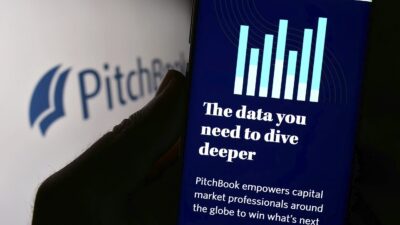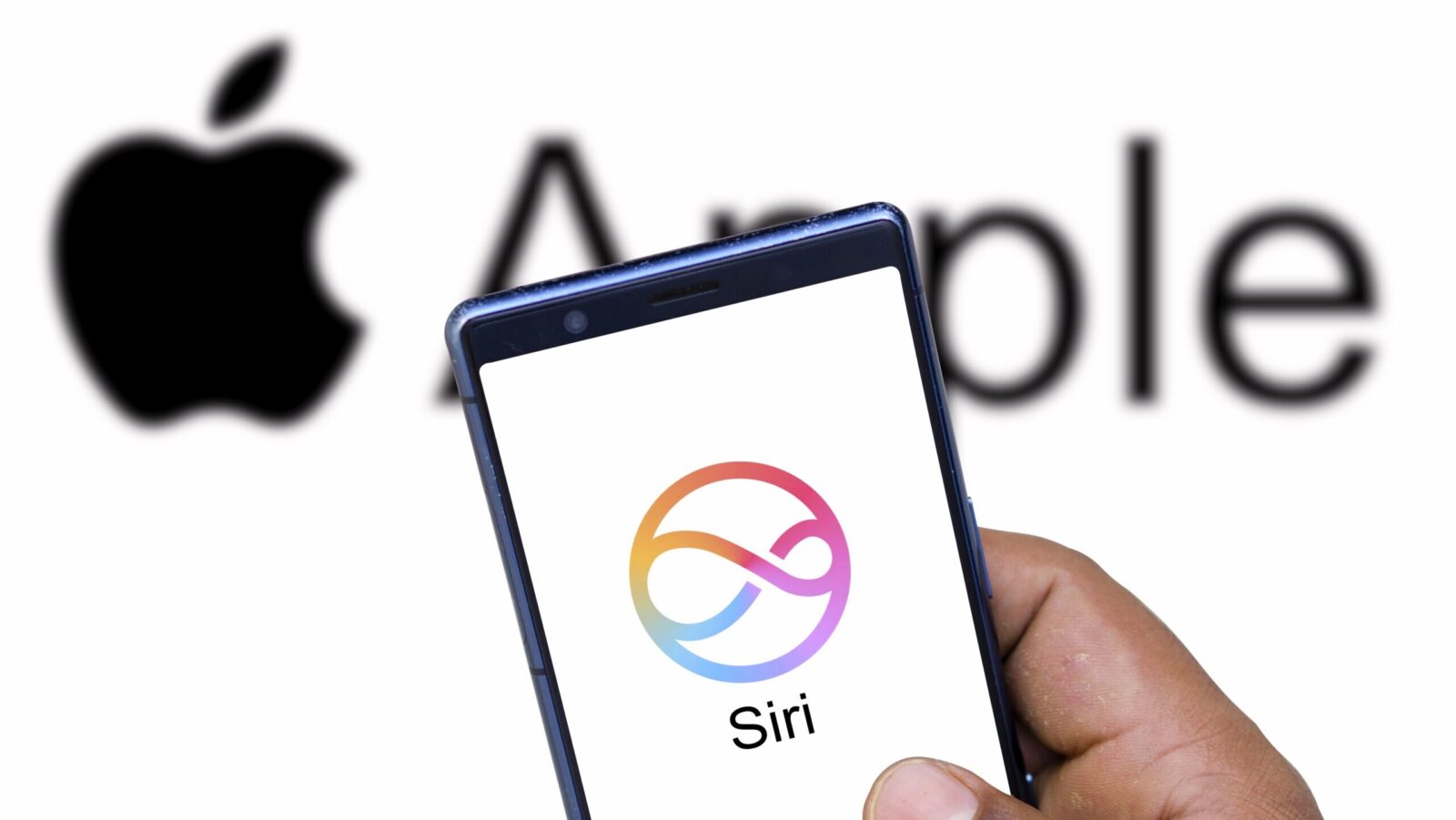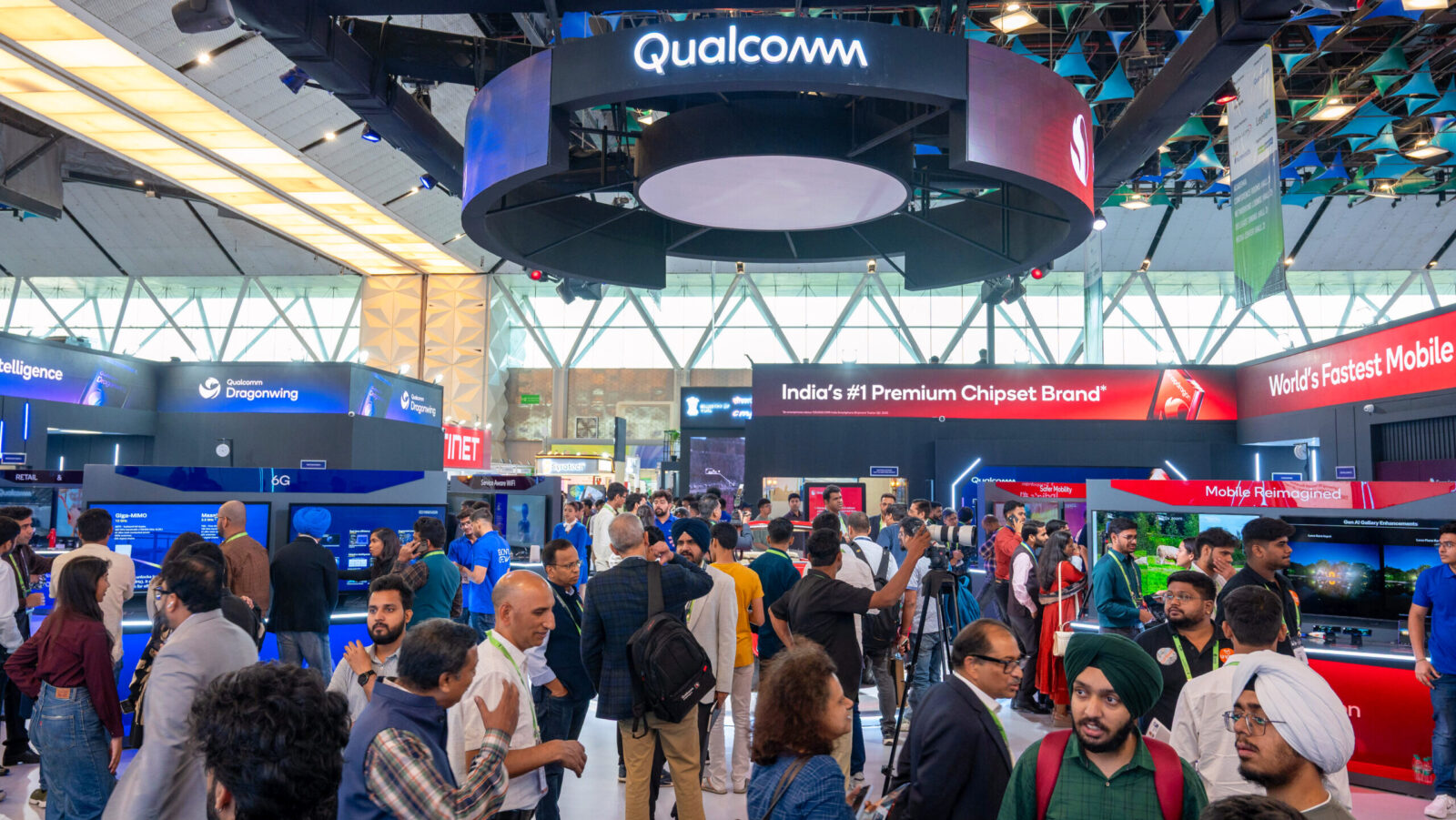Trillion-Dollar Questions Bubble to the Top for OpenAI
Sam Altman has begun floating the idea that the company could hit $100 billion in revenue by 2027, ahead of previous projections.
Sign up for smart news, insights, and analysis on the biggest financial stories of the day.
Sam Altman knows where he wants to go. How he’s going to get there seems a little less clear.
As OpenAI steers toward an IPO at a stunning $1 trillion valuation (double its current valuation) — perhaps next year, according to Reuters — the company’s founder has begun floating the idea that the company could hit $100 billion in revenue by 2027. That would mark a substantial ramp-up from current revenue levels, as well as an accelerated timeline compared with previously reported internal estimates. Which begs the question: Is the ChatGPT-maker on a faster track than everyone thinks?
For Your Infer-mation
OpenAI’s $1 trillion target valuation is matched (or, rather, outmatched) by only one figure: its gargantuan $1.4 trillion compute commitments over the next eight years. Altman has pitched the spending as an investment that will pay off after a future boom in demand for OpenAI’s products. And already, demand is booming: Last month, the company claimed its flagship ChatGPT service now has 800 million weekly active users, up from just 500 million in March (for context: Meta claims Instagram has 3 billion monthly active users).
Now, the company is promising that its rapid user growth will soon be matched by rapid revenue growth. Internal documents seen by The New York Times a year ago showed the company expected to reach the $100 billion annual revenue mark in 2029. But in a podcast interview earlier this month, Altman said the company could now cross that threshold in 2027. It’s not the only case of numbers suddenly shifting:
- The CEO also stated that OpenAI is on track for “well more” than $13 billion in revenue this year, which aligns with what CFO Sarah Friar told CNBC in September. In financial disclosures to investors earlier this year, seen by The Information, the company claimed to have generated just $4.3 billion through the first six months of 2025.
- Reporting based on internal OpenAI documents last week from the Financial Times and independent tech journalist Ed Zitron suggests that the company may have burned more cash on AI inference costs than previously reported. Expenses in the first half of 2025 may have reached as high as $5 billion, compared with previous reports of $2.5 billion. Translation: Running costs for large-language models remain very high.
Anthro 101: Still, profitability may not be far off, and in a recent interview with The Wall Street Journal, Friar said it could break even sooner rather than later if it wanted to. A separate analysis from The Wall Street Journal last week pegged the company’s break-even point as 2030. Meanwhile, its somewhat smaller-profile rival Anthropic, founded by an ex-OpenAI employee, could reach profitability as soon as 2028, according to internal documents seen by the WSJ. While OpenAI has focused on rapid consumer user growth, Anthropic has been more focused on business clients and has committed less capital to its data center buildout.












